Why the F-15 couldn’t become a stealth aircraft – and why it doesn’t matter
- By Alex Hollings
Share This Article
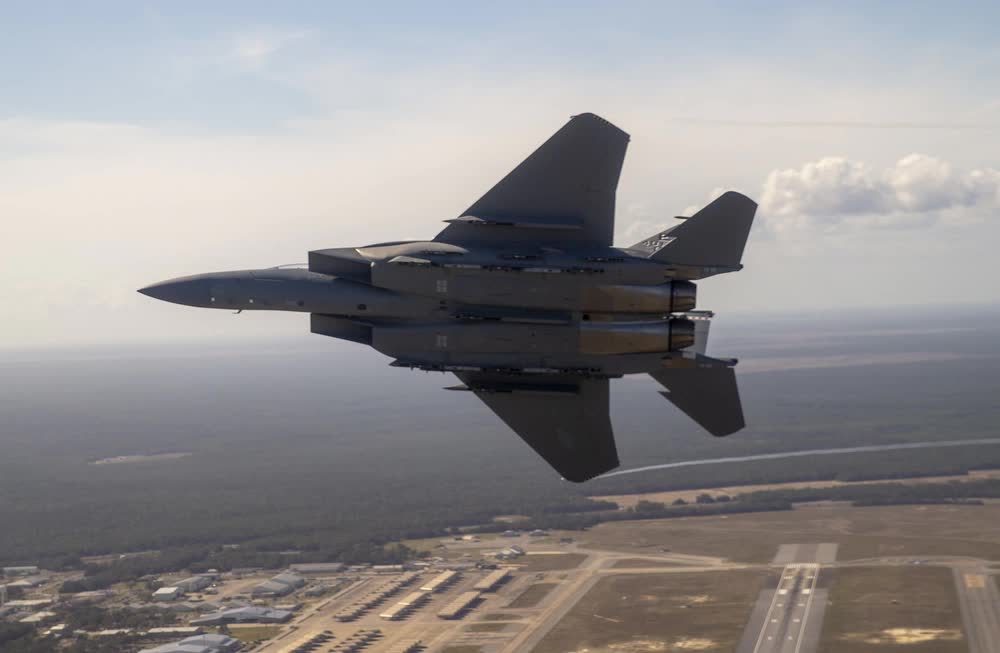
We’ve said before that the F-15 wouldn’t benefit by being a stealth aircraft, because the F-15 is best when it’s fighting, and you can’t fight if you’re hiding.
But how can I be so sure about this claim? Simple – because Boeing actually tried to turn the F-15 into a stealth fighter back in 2009, and the result was a fighter jet with a radar return that was still about five times bigger than an F/A-18 Super Hornet.
The F-15 was designed in an era when fighters top priorities bar none were brute power and aerobatic performance, and after Uncle Sam spooked himself with made up stories about the capabilities of the Soviet MiG-25, the U.S. spent heavily to create a counter to what it believed the MiG-25 could do.
So, in 1969, the U.S. Air Force awarded McDonnell Douglas a $1.1 billion contract to design and build the first 20 examples of a new American super fighter. If you were to adjust that to today’s money, that’s roughly $9.75 billion for the first 20 F-15s, or just about $485.5 million per Eagle. This means that the first batch of F-15s were each more expensive than the F-35 and even the F-22.
But dumping cash into McDonnell Douglass’ research and development proved to be a sound investment, as the F-15 Eagle went on to absolutely dominate the rest of the 20th century, and today, it maintains an undefeated record of 104 wins and zero losses in air-to-air combat. And of course, the latest iteration Eagle, known as the F-15EX, is now widely touted as the best 4th generation, or non-stealth, fighter in the world.
However, while the new Eagle II is fast, powerful, and even advanced it doesn’t have stealth capabilities. While the F-22 has an estimated radar return of 0.0001 square meters and the F-35 0.0015 square meters, the F-15 boasts a reported, and mind-boggling, 25 square meter radar return. For further comparison, the F/A-18 Super Hornet, another non-stealth aircraft, has a radar return one square meters on a radar screen – 25 times smaller than the Eagle’s.
Which brings us back to Boeing’s F-15 Silent Eagle proposal from 2009. The proposal would have seen conformal weapon bays added to stow the fighter’s missiles away from enemy radars’ prying eyes. Additionally, the aircraft’s gigantic standing vertical tails, which represent a significant portion of the jet’s radar reflectivity, would have been canted outwards by 15 degrees, and the entire aircraft was to be coated in 10-12 millimeters of radar-absorbent materials. A complete overhaul of the jet’s onboard avionics, cockpit, and more was also envisaged.
Boeing even went so far as to really build and test these stealthy conformal weapons bays as a part of its efforts to sell this jet as a competitor for Lockheed Martin’s F-35 for a price tag of just about $100 million per jet.
Yet, even after all this work, according to reports, the fighter’s massive 25 square meter return was only reduced down to just five square meters, which is about the same as the original F-16A’s and roughly five times the size of an F/A-18 Super Hornet’s.
Heck, with 59,000 pounds of thrust pouring out the back, the Silent Eagle wasn’t even silent.
Which just goes to show, some jets weren’t meant to be sneaky. Some jets just want to fight.
Feature Image: Lt. Col. Richard “Tac” Turner, Commander, 40th Flight Test Squadron, and Lt. Col. Jacob “Duke” Lindaman, Commander, 85th Test & Evaluation Squadron, deliver the first F-15EX to its new home station, Eglin AFB, Florida, 11 March, 2021. (U.S. Air Force photo by Master Sgt. John Raven)
Read more from Sandboxx News
- The unique world and uses of howitzers
- Do sailors have a future in the US Navy? No, according to former Army general
- Did we just get our first glimpse of America’s new stealth fighter?
- New master’s degree will train Top Gun pilots on foreign adversaries and space warfare
- What are the differences between the six generations of fighter aircraft?
Related Posts
Sandboxx News Merch
-

‘Kinetic Diplomacy’ Bumper Sticker (White)
$8.00 Add to cart -
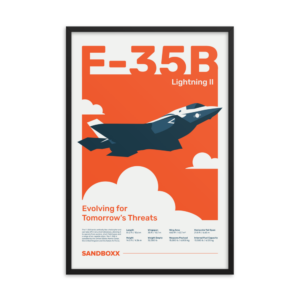
F-35 ‘Evolution’ Framed Poster
$45.00 – $111.00Price range: $45.00 through $111.00 Select options This product has multiple variants. The options may be chosen on the product page -
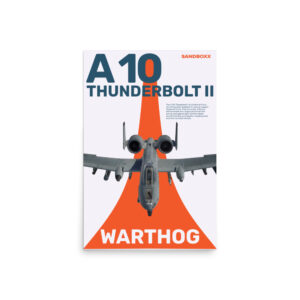
A-10 ‘Warthog’ Poster
$22.00 – $28.00Price range: $22.00 through $28.00 Select options This product has multiple variants. The options may be chosen on the product page

Alex Hollings
Alex Hollings is a writer, dad, and Marine veteran.
Related to: Airpower
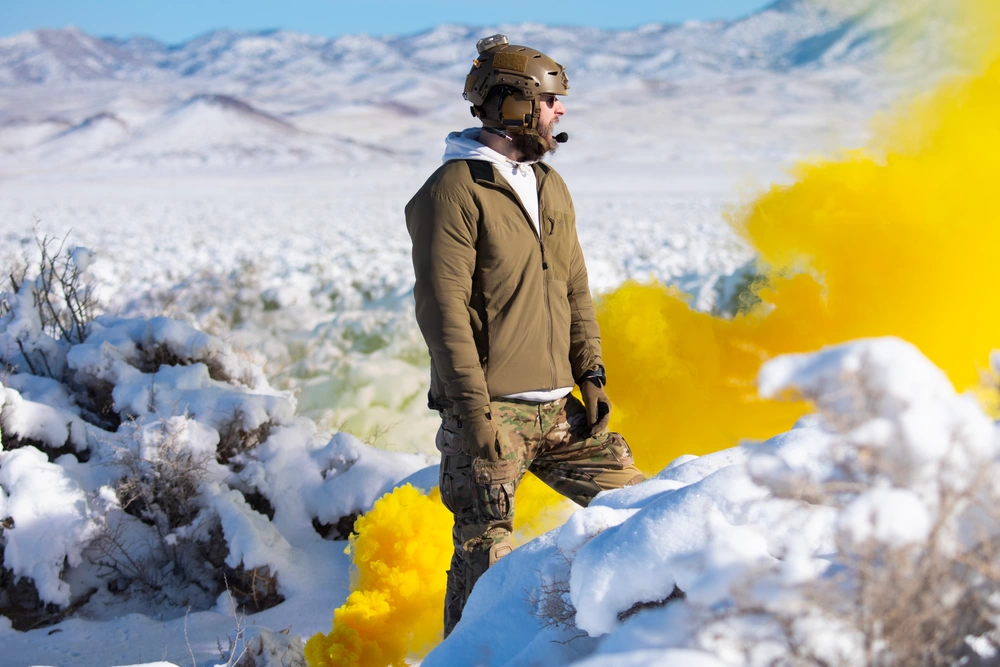
Frosted misery: A Navy SEAL in SERE School
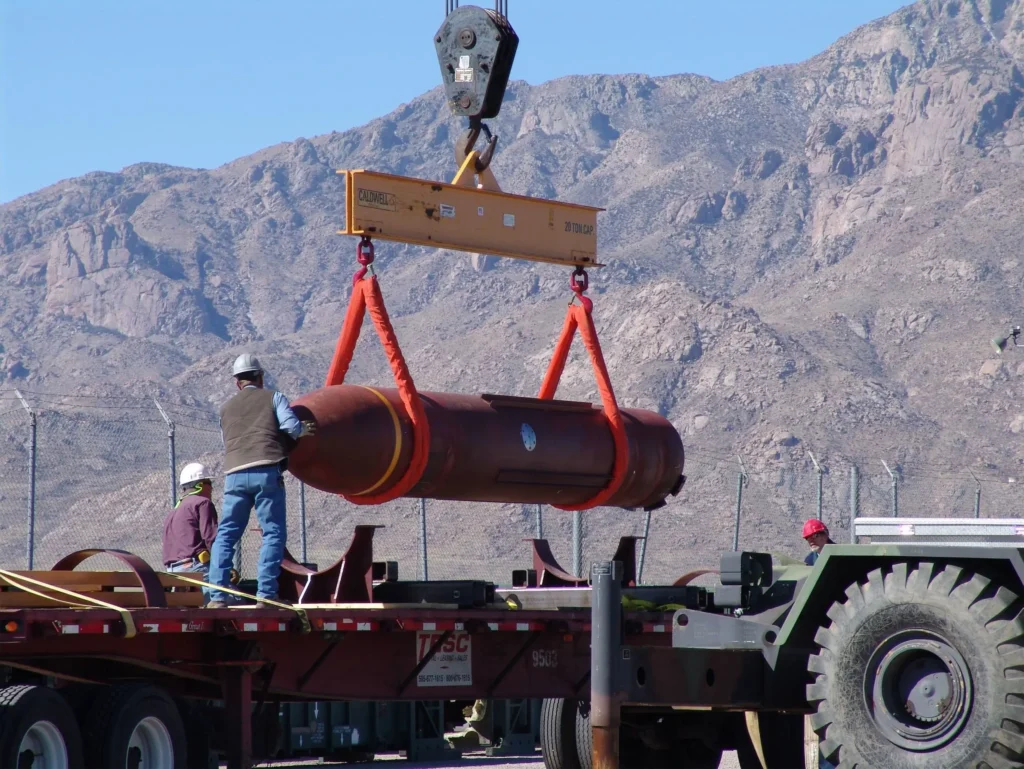
Air Force wants to replace the world’s strongest bunker buster… with an even stronger one
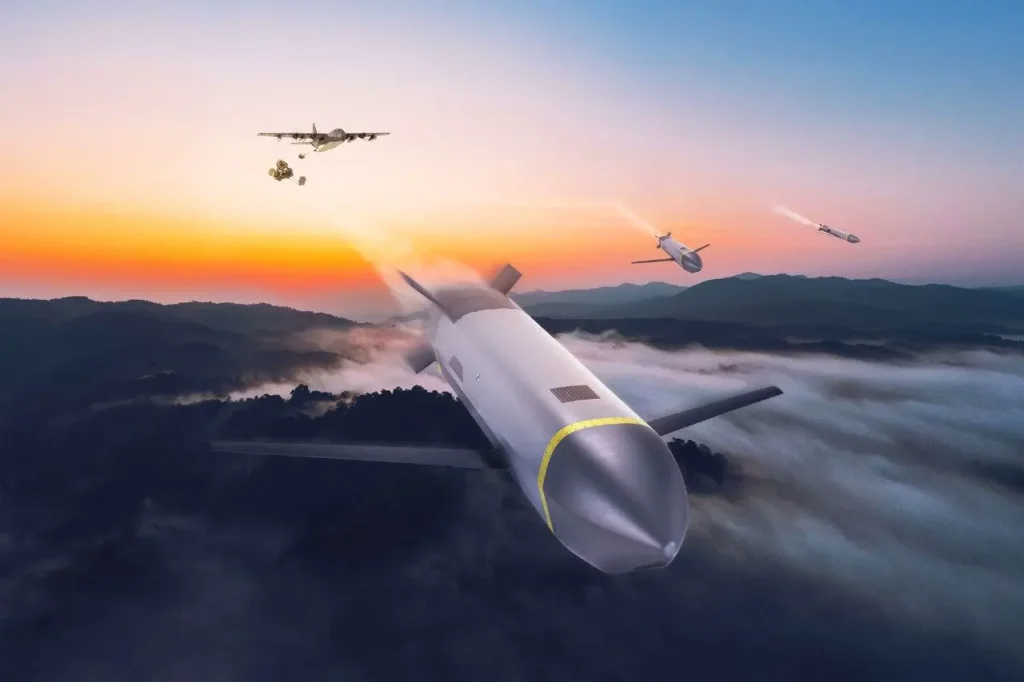
The Air Force wants to buy thousands of low-cost cruise missiles in 2026
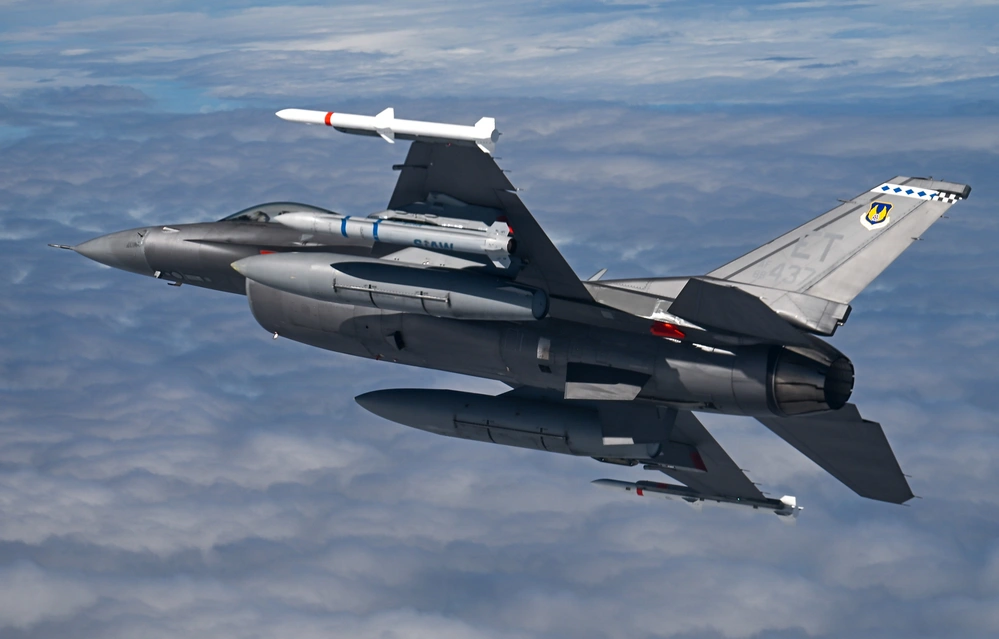
Northrop Grumman’s Stand-in Attack Weapon aims to penetrate anti-access/area denial zones
Sandboxx News
-

‘Sandboxx News’ Trucker Cap
$27.00 Select options This product has multiple variants. The options may be chosen on the product page -
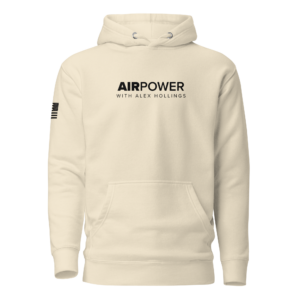
‘AirPower’ Classic Hoodie
$46.00 – $48.00Price range: $46.00 through $48.00 Select options This product has multiple variants. The options may be chosen on the product page -
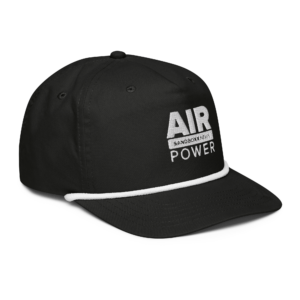
‘AirPower’ Golf Rope Hat
$31.00 Select options This product has multiple variants. The options may be chosen on the product page -
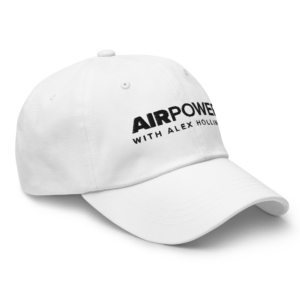
‘Sandboxx News’ Dad Hat
$27.00 Select options This product has multiple variants. The options may be chosen on the product page
